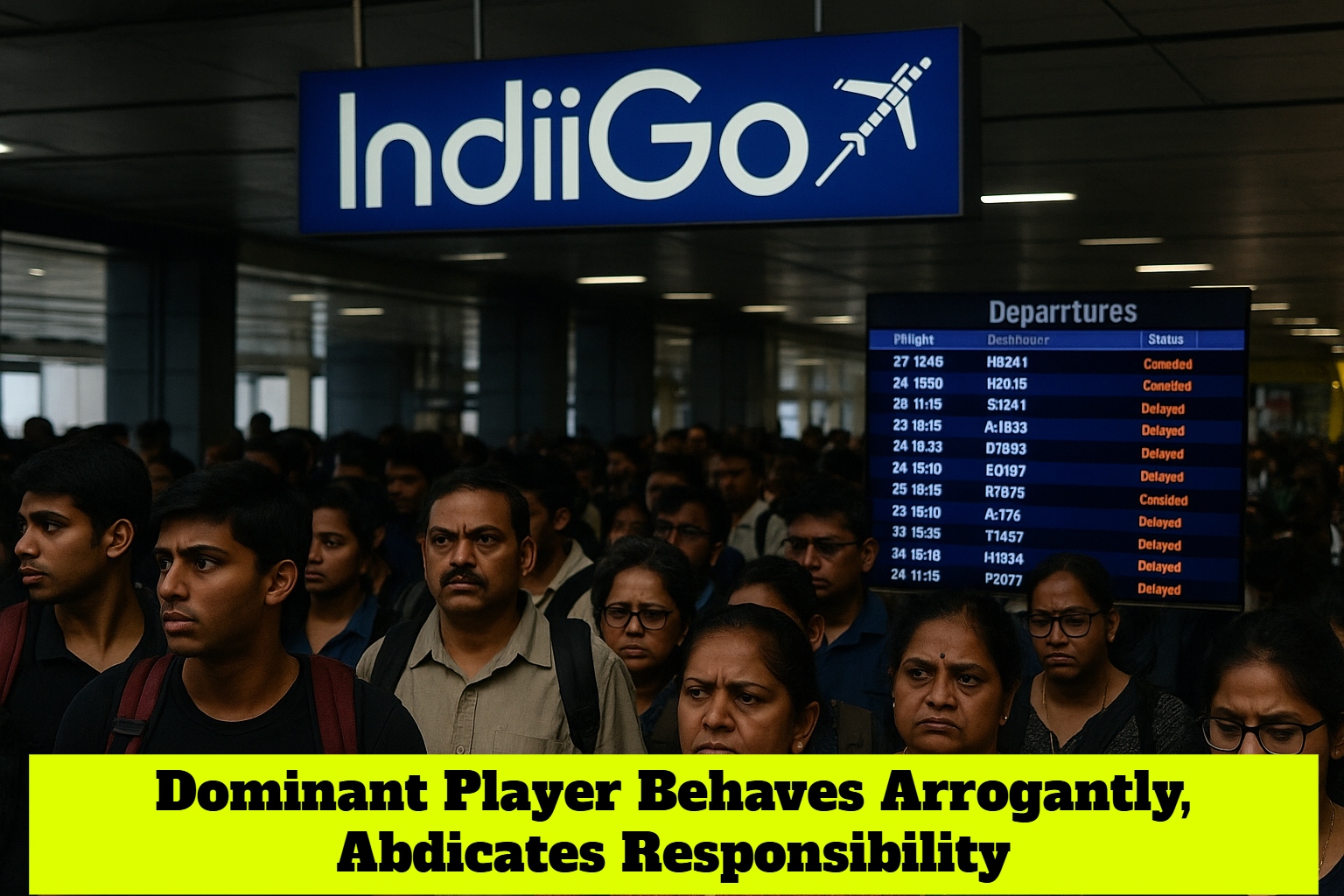

By admin
First publised on 2023-08-03 02:14:18
Sleep is an essential aspect of human life, providing the body and mind with the rest needed for optimal functioning. However, for millions of individuals worldwide, this rejuvenating experience is compromised by a sleep disorder known as sleep apnea. Often referred to as a "silent thief" of restful nights, sleep apnea can have serious consequences for one's health and quality of life. This article aims to shed light on sleep apnea, its causes, symptoms, and potential treatments to raise awareness about this often underdiagnosed condition.
Understanding Sleep Apnea:
Sleep apnea is a common sleep disorder characterized by interrupted breathing patterns during sleep. It occurs when the muscles at the back of the throat fail to keep the airway open, leading to repetitive pauses in breathing. These breathing interruptions can last for several seconds or even minutes and may occur numerous times throughout the night, disrupting the natural sleep cycle.
Types of Sleep Apnea:
There are primarily three types of sleep apnea:
Obstructive Sleep Apnea (OSA): This is the most prevalent form of sleep apnea, occurring when the soft tissue at the back of the throat collapses and blocks the airway during sleep.
Central Sleep Apnea: This less common type results from a communication breakdown between the brain and the muscles responsible for controlling breathing.
Complex/Mixed Sleep Apnea: As the name suggests, this is a combination of both obstructive and central sleep apnea.
Risk Factors and Symptoms:
Sleep apnea can affect people of all ages, but certain factors increase the risk of developing the condition. Obesity, advanced age, family history of sleep apnea, and a large neck circumference are common risk factors. Additionally, lifestyle habits like excessive alcohol consumption and smoking can contribute to the condition.
Symptoms of sleep apnea can be subtle, leading to underdiagnosis. Loud and persistent snoring, choking or gasping for breath during sleep, daytime fatigue, morning headaches, and difficulty concentrating are typical signs. If left untreated, sleep apnea can have far-reaching consequences, including chronic fatigue, hypertension, heart disease, diabetes, and even an increased risk of accidents due to impaired alertness.
Myths Surrounding Sleep Apnea:
Snoring is a pre-requisite for sleep apnea: While people with obstructive sleep apnea (OSA)usually snore, snoring is not a pre-requisite for sleep apnea. OSA happens when the muscles at the back of your throat relax too much they become soft and block the airway, making it difficult to breathe. This leads to disturbed breathing patterns and sleep apnea. Many people who do not snore do not even realize that they have OSA.
Only obese people can have sleep apnea: While more than 50% of the people who have sleep apnea are obese, it is because fat deposits around the upper airway may block it, causing breathing problems and sleep apnea. But this does not mean that people who are thin cannot have the disease. Obesity just increases the risk of OSA.
Diagnosis and Treatment:
If sleep apnea is suspected, a sleep study, known as a polysomnography, is typically conducted. This comprehensive assessment involves monitoring various physiological parameters during sleep, such as brain activity, heart rate, and breathing patterns.
Once diagnosed, the treatment for sleep apnea varies depending on its severity and type:
Lifestyle Modifications: For mild cases, lifestyle changes like weight loss, avoiding alcohol and sedatives, and adopting a regular sleep schedule may help alleviate symptoms.
Continuous Positive Airway Pressure (CPAP): CPAP therapy is a common treatment for moderate to severe obstructive sleep apnea. It involves wearing a mask that delivers a continuous stream of air to keep the airway open during sleep.
Bi-level Positive Airway Pressure (BiPAP): Similar to CPAP, BiPAP delivers different air pressures for inhalation and exhalation, making it easier for individuals with breathing difficulties.
Oral Appliances: Dental devices can be used to reposition the jaw and tongue to keep the airway open, particularly for mild to moderate sleep apnea cases.
Surgery: In severe cases where other treatments are ineffective, surgical intervention to remove excess tissue or reposition the jaw may be considered.
Sleep apnea is a serious sleep disorder that affects millions worldwide, disrupting the quality of life and posing significant health risks. Early diagnosis and appropriate treatment are crucial to prevent complications and ensure a restful and healthy life. If you or a loved one experiences symptoms of sleep apnea, seeking medical attention and adopting healthy sleep habits may be the first steps toward unmasking the dangers of sleep apnea and regaining restful nights.
This article was written with inputs from articles on the subject by Head Pain Institute, Arizona, US
Picture courtesy: Head Pain Institute











